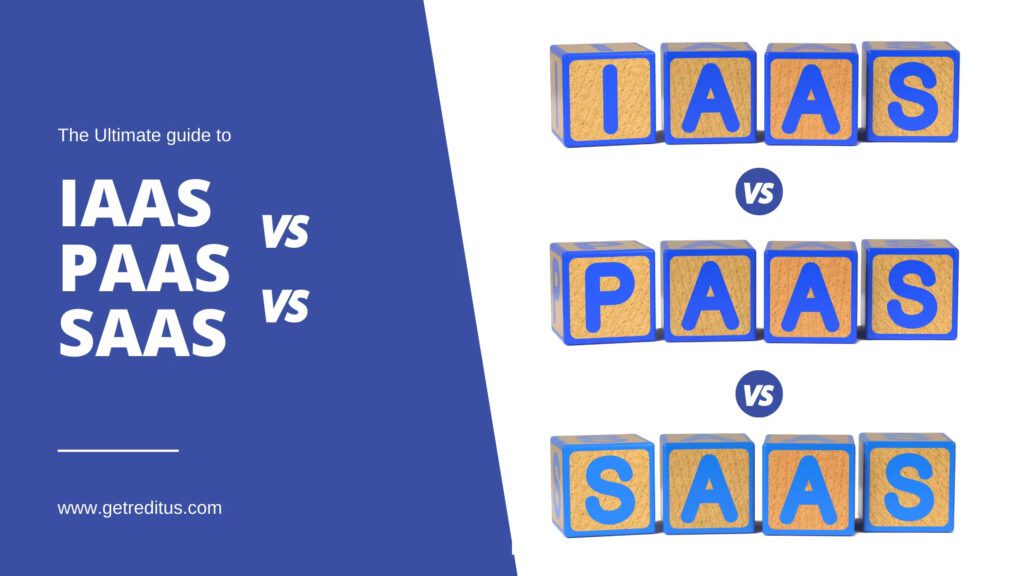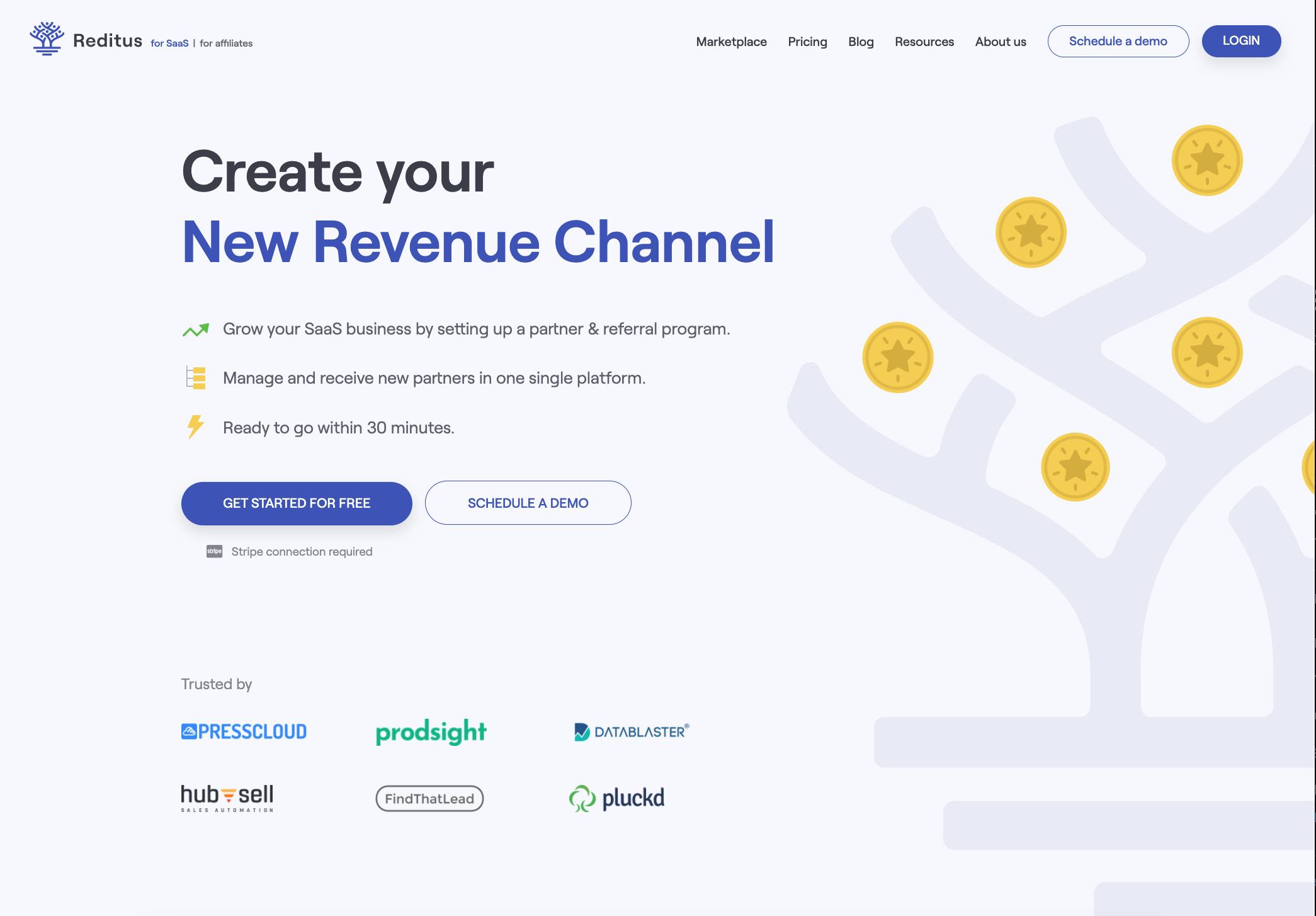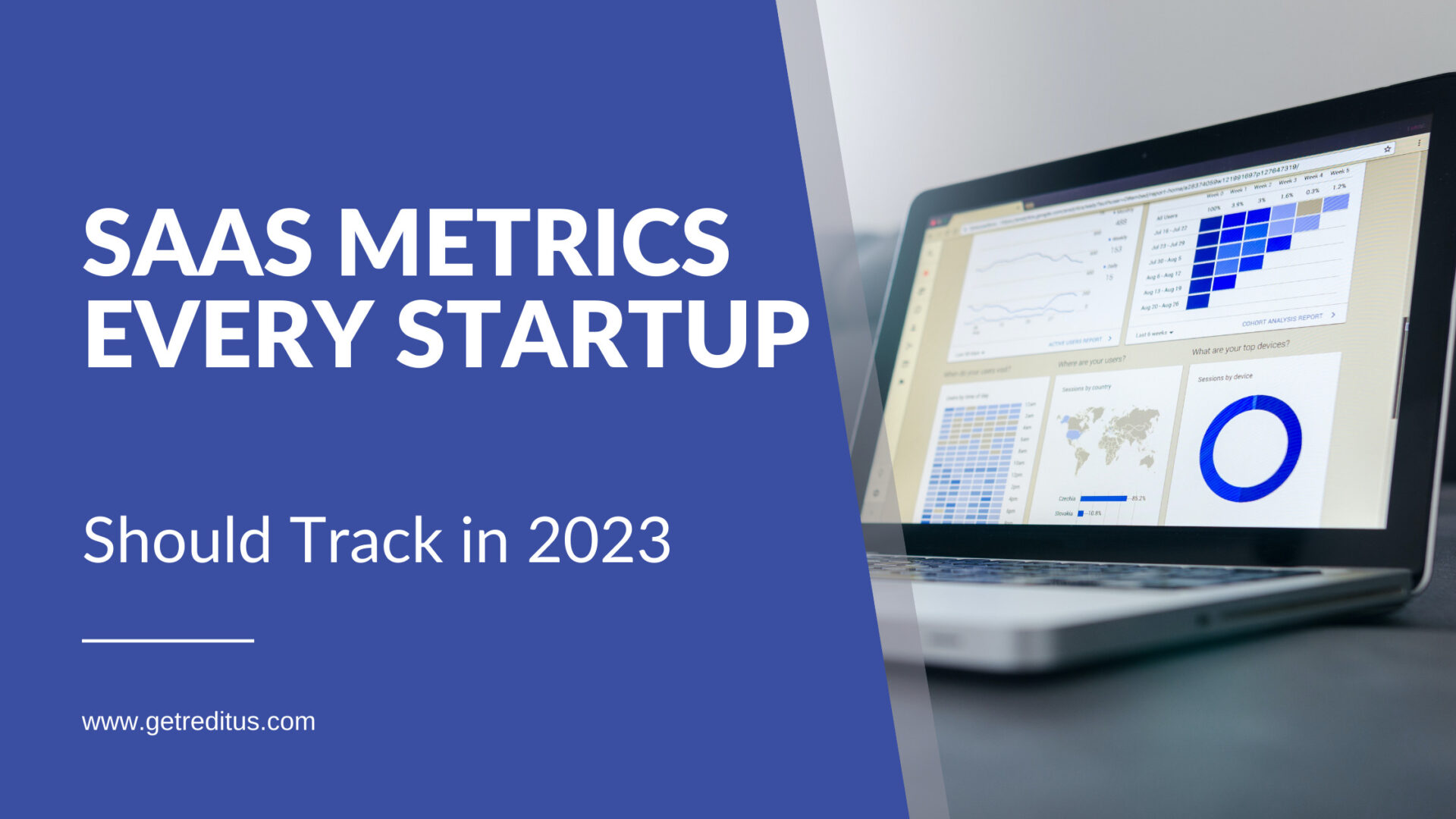The Ultimate Guide to IaaS vs. PaaS vs. SaaS

You have come to the right place if you are new to IT business solutions. Even if you have years of experience, you will find helpful information. Here we will help you understand the three most popular cloud computing service models. We will compare IaaS vs. PaaS vs. SaaS services.
What are IaaS, PaaS and SaaS?
The three most favored cloud service offerings are IaaS, PaaS, and SaaS. These models are frequently dubbed cloud service models or cloud computing service models. While all these services provide on-demand access, they differ in a few areas.
- IaaS, or infrastructure as a service, allows instant access to cloud-hosted physical and virtual servers for storage and networking. The backend IT infrastructure enables applications workloads to run in the cloud. IaaS is a cloud computing service offering essential computer, storage, and networking resources on a pay-as-you-go basis.
- PaaS, or platform as a service, is a complete, ready-to-use, cloud-hosted platform for developing, running, maintaining, and managing applications.
- SaaS, or software as a service, is ready-to-use, cloud-hosted application software.
While similar, IaaS, PaaS, and SaaS are not the same. Many mid-sized businesses use more than one of these services models. Most large enterprises use all three.
'As a service' refers to the consumption of IT assets. There are essential differences between cloud computing and traditional IT in these offerings. In traditional IT solutions, an organization consumes its IT assets.
Hardware, system software, development tools, and applications are purchased, installed, managed, and maintained by their onsite IT team.
The cloud service provider (CSPs) owns, operates, and supports the assets in cloud computing. The customer ingests them via an Internet connection. The customer then pays a subscription or pay-as-you-go basis.
So the principal benefit of IaaS, PaaS, SaaS, or any 'as a service' solution is monetary. Access and scaling the customers' IT needs can be accomplished for a predictable cost. There is no longer the need to purchase and maintain everything in its own data center. Additionally, there are benefits specific to each of these solutions.
IaaS
IaaS is a cloud-hosted computing infrastructure on demand. The servers, storage capacity, and networking resources are similar to ones used on-premises. The customers can provision, configure, and similarly use much storage.
The difference is cloud service provider hosts manage and maintain the data centers' hardware and computing resources. IaaS customers use the hardware via the Internet and pay on a subscription or pay-as-you-go basis.
Usually, IaaS customers can choose between virtual machines (VMs) or bare metal servers. The cloud service provider manages the virtualization of VMs on hosted shared physical hardware. The bare-metal servers are hosted on unshared dedicated physical hardware.
Customers can operate, configure, and provision the servers and infrastructure resources via a graphical dashboard or programmatically through application programming interfaces (APIs).
IaaS can be considered the original 'as a service' offering. Every primary cloud service provider began by offering some form of IaaS.
Google Cloud, Amazon Web Services, Microsoft Azure, IBM Cloud are examples of the first IaaS providers.
Benefits of IaaS
IaaS gives customers more flexibility compared to traditional IT. You can build the necessary computing resources as needed. Then scale the resources in response to traffic as spikes or slow-downs occur.
IaaS provides customers with the up-front costs for maintaining the infrastructure. Often the cost of maintaining your own on-premises data center will have hidden fees. IaaS eliminates the constant trade-off between the waste of buying excessive capacity versus poor performance.
Other benefits of IaaS include:
- Increases stability, reliability, and supportability - Using an IaaS means it is unnecessary to maintain hardware or upgrade software. You will no longer waste time troubleshooting equipment problems. The appropriate service provider agreement will assure your infrastructure is reliable and meets service-level agreements (SLAs).
- Improves business continuity and disaster recovery - It is expensive to provide business continuity, high availability, and disaster recovery. The cost is attributed to staff employment and data center maintenance. Accessing applications can occur even during a disaster or outage with the right SLA.
- Enhances security- A cloud service provider can offer better protection than the security you would obtain in-house.
- Frees you to innovate and provide new products - Once you have launched a new product, the necessary computing infrastructure is already at your fingertips. Therefore, you no longer need to wait days or weeks to set up the underlying infrastructure.
IaaS use cases
Typical uses of IaaS include:
- Disaster recovery: Instead of creating redundant servers in multiple locations, you can deploy disaster recovery solutions with IaaS. The cloud provider's already existing infrastructure provides security by being geographically dispersed.
- Ecommerce: If you frequently see spikes in traffic IaaS is an excellent option. Scaling up during periods of high demand and high-quality security is essential. Especially in today's 24-7 retail industry.
- Artificial intelligence (AI), event processing, Internet of Things (IoT): IaaS provides a more straightforward setup to scale up data storage and computing resources. For these applications to work, you need vast volumes of available data.
- Startups: Startups can not afford to sink capital into on-premises IT infrastructure. IaaS provides access to enterprise-class data center capabilities without upfront hardware and management overhead investment.
- Software development: Infrastructure testing and development is set up quicker than on-premises with an IaaS solution. However, PaaS is a better solution, as you will read in the next section.
PaaS
PaaS supplies a cloud-based platform for developing, running, and managing applications. The CSP hosts, manages, and maintains all the hardware and software included in the platform. The servers, operating system (OS), storage, networking, databases, middleware, runtimes, frameworks, development tools are some of the hardware provided by a PaaS. Related services for security and software upgrades are other services a PaaS's SLA may provide.
Users access the PaaS from a graphical user interface (GUI). The development or DevOps teams can collaborate on their work across the entire application lifecycle, including coding, integration, testing, delivery, deployment, and feedback.
You might have heard of some PaaS solutions, including Google App Engine, AWS Elastic Beanstalk, and Microsoft Windows Azure.
Benefits of PaaS
The primary benefit of PaaS is providing customers a place to build, test, deploy, and run applications. Scaling and updating applications occur more quickly and cost-effectively than building out an on-premises platform.
Other benefits include:
- Cuts code time - PaaS development tools help decrease the time to code new apps. There are pre-coded application components built into the platform. Other time-saving tools are offered for directory services, workflow, security, and search features.
- Added development capabilities. The components from a platform as a Service can provide new capabilities to your DevOps team. You will no longer need to add staff to increase your abilities.
- Develop for multiple platforms quickly. Developing cross-platform apps occurs quicker and easier with PaaS service providers. They provide you with development options for various platforms, such as computers, mobile devices, and browsers.
- Use sophisticated tools affordably. Some analytics tools are unaffordable to purchase outright. Subscription where you pay-as-you-go presents a possibility for individuals or organizations to use. As a result, startups can use sophisticated development software and analytics tools.
- Support remote development teams. Development teams can work together on projects because the work environment is accessed over the Internet. You all can work together even when team members are in a different time zone.
- Efficiently manage the application lifecycle. The application lifecycle includes building, testing, deploying, managing, and updating the application. PaaS provides you with all the support you need within the same integrated environment.
PaaS use cases
PaaS can advance several developments and IT initiatives, including:
- API management and development: Its built-in frameworks allow applications to share data and functionality. PaaS provides a more accessible workspace for teams to develop, run, manage and secure APIs.
- Internet of Things (IoT): PaaS supports various programming languages tools and application environments used for IoT application development. You can also monitor real-time data processing from IoT devices.
- Agile development: PaaS solutions typically cover all the requirements of a DevOps toolchain and provide built-in automation to support continuous integration and delivery (CI/CD).
- Cloud-native development and hybrid cloud strategy: PaaS solutions support cloud-native development technologies. This enables developers to build once, then deploy and manage consistently across private cloud, public cloud, and on-premises environments.
SaaS
SaaS is a cloud-hosted application software. Users' subscriptions are paid monthly or annually. Use of the application occurs within a mobile app, desktop client, or web browser. The application and all infrastructure are hosted and managed by the SaaS vendor.
The SaaS vendor manages all upgrades and patches to the software. This management usually is invisible to the end-user. Typically, the SaaS provider ensures a level of availability, performance, and security as part of a service level agreement (SLA). Customers for an additional cost can add more users and data storage on demand.
Today, anyone who uses a mobile phone almost certainly uses a form of SaaS. Cloud file storage solutions, email, and social media apps are SaaS applications. People use these tools every day.
SaaS solutions are now produced by popular businesses or enterprises, including Salesforce, HubSpot, Trello, Slack, and Canva. Many applications designed originally for the desktop are now available as SaaS (e.g., Adobe Creative Cloud). Reditus is also a SaaS.

Benefits of SaaS
The primary advantage of SaaS is it offloads all infrastructure and application management to the SaaS vendor. The user must create an account and purchase the service arrangement to start using the application.
The SaaS provider maintains the server hardware and software. SaaS vendors also manage user access and security. They store data and implement upgrades.
Other SaaS benefits include:
- Tiniest risk: Many SaaS products offer a free trial period or low monthly fees. The offer allows customers to try the software. They can determine if the software will meet their needs with little or no financial risk.
- Productivity Anytime/Anywhere: Users can work with SaaS apps on any device. The only requirements are they need an internet connection and web.
- Easy scalability: Customers can purchase more data storage for a nominal charge. Also, adding users is as simple as registering and paying for their access.
Some SaaS providers enable customization of their products by delivering a counterpart PaaS solution. One popular example is Heroku, a PaaS solution for Salesforce.
SaaS use cases
Almost all personal or employee productivity applications are available as SaaS. There are too many specific use cases to mention them all. Suppose an end-user or organization can find a SaaS solution with the required functionality in most cases. In that case, it will provide a significantly more straightforward, scalable, and cost-effective alternative to on-premises software.
Saas vs. PaaS vs. IaaS: Management Service vs. In-House Control
While similar, IaaS, PaaS, and SaaS are not the same. Many mid-sized businesses use more than one of these services models. Most large enterprises use all three and often in combination with traditional IT.
The customer's requirements will dictate how an 'as-a-service solution' is implemented. The expertise of the staff will also determine how much control you will have in-house. For example, an organization with an in-house IT expert means they could maintain the IT infrastructure. Thus this business doesn't need a solution for configuring and operating remote servers. They would not match well to IaaS or PaaS.
Any three 'as-a-service' models could provide a viable solution in different scenarios. In these cases, organizations will compare the alternatives based upon management ease. Overall they will need to find a balance between releasing control and comfort.
For example, suppose a large organization delivers a customer relationship management (CRM) application to its sales team. It could:
- Choose a SaaS CRM solution- the service offloads all day-to-day management to the third-party vendor. The organization gives up all control over security, data storage, user access, features, and functionality.
- Choose a PaaS solution to build a customized CRM application. In this case, the company would offload the infrastructure management. The cloud service provider manages the application development resources. The customer retains complete control over application features and handles the associated data with the application.
- Build out the backend IT infrastructure on the cloud using IaaS. Here, the organization can build its application and development platform. The organization's IT team would control the operating system and server configurations. They would also bear the burden of managing and maintaining the OS and server configurations, development platform, and applications.
The Bottom Line
Whether you want a cloud-based solution for specific tasks or complete control over your computing resources, you can find the ideal cloud service. IaaS, PaaS, and SaaS can help find your solutions for monitoring a streamlined platform for creating customized applications without physically maintaining them.
Regardless of the model you need, you cannot downplay the importance of cloud computing in today's business environment. Moving to the cloud will provide your company the ability to innovate faster, save money, and sustain customer relationships well beyond initial product purchases.

